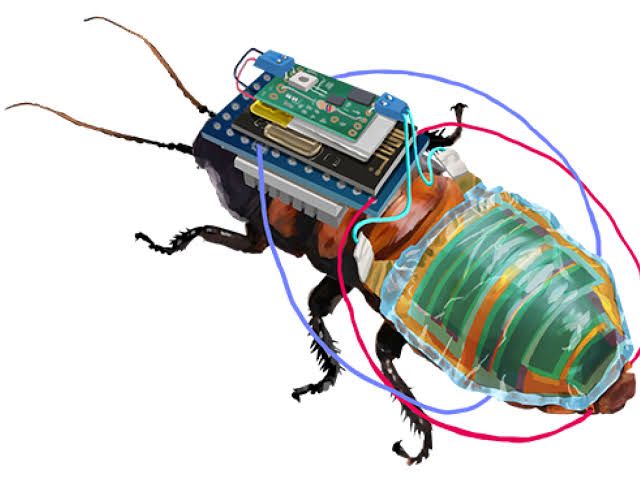Cockroaches Turned Cyborgs: An Unlikely Tale of Tiny Lifesavers and Environmental Guardians
Rise of the Robo-Roaches: The Unlikely Heroes in Search-and-Rescue Missions and Environmental Monitoring In a world where technology continuously strives to imitate and master nature's complexity, scientists at Japan's RIKEN institute have taken a leap that might seem unsettling to many: transforming the universally reviled cockroach

Rise of the Robo-Roaches: The Unlikely Heroes in Search-and-Rescue Missions and Environmental Monitoring
In a world where technology continuously strives to imitate and master nature's complexity, scientists at Japan's RIKEN institute have taken a leap that might seem unsettling to many: transforming the universally reviled cockroach into a remote-controlled, rechargeable cyborg. Their intent, however, is not to fuel our nightmares but to utilize these resilient creatures in life-saving search-and-rescue operations and advanced environmental monitoring.
These 'robo-roaches', as they could be called, are live Madagascar cockroaches equipped with a high-tech backpack. This miniature piece of technology, developed to conform to the insect's body without inhibiting movement, serves as a battery pack and command center, guiding the cockroach's movements via thin wires attached to its legs. The innovation lies in the battery, which is recharged using built-in solar cells, allowing the cockroach to stay operative for prolonged periods without the need for manual intervention.
By remotely stimulating these wires, researchers were able to steer the cockroaches' movement, making them turn left and right at will over a 30-minute period. The choice of Madagascar cockroaches, which are approximately 6 centimeters long and flightless, ensures that these creatures remain grounded and can be effectively controlled.
While the concept of a remote-controlled cockroach might sound disconcerting, the potential implications of this technology are substantial. Given their small size and extraordinary survivability, these cyborg cockroaches could penetrate and navigate hazardous environments inaccessible to humans or conventional machinery. In the aftermath of a natural disaster, for instance, they could aid in locating survivors trapped under rubble, relaying their locations to rescue teams.
Beyond search-and-rescue, the environmental monitoring potential of these cyborg cockroaches is vast. By outfitting them with additional sensors, these tiny explorers could measure air quality, detect hazardous materials, or monitor radiation levels in areas otherwise challenging to survey.
Despite the undeniably impressive technological achievement, ethical questions arise surrounding the use of living creatures in such a manner. As we continue to push the boundaries of biotechnology, it becomes crucial to balance our ambition with the respect for nature's intricacies.
Thus, while the robo-roach stands as a testament to the heights we can achieve in biomimicry and remote surveillance, it also symbolizes the delicate balance we must strike as we increasingly intertwine the realms of biology and technology.




